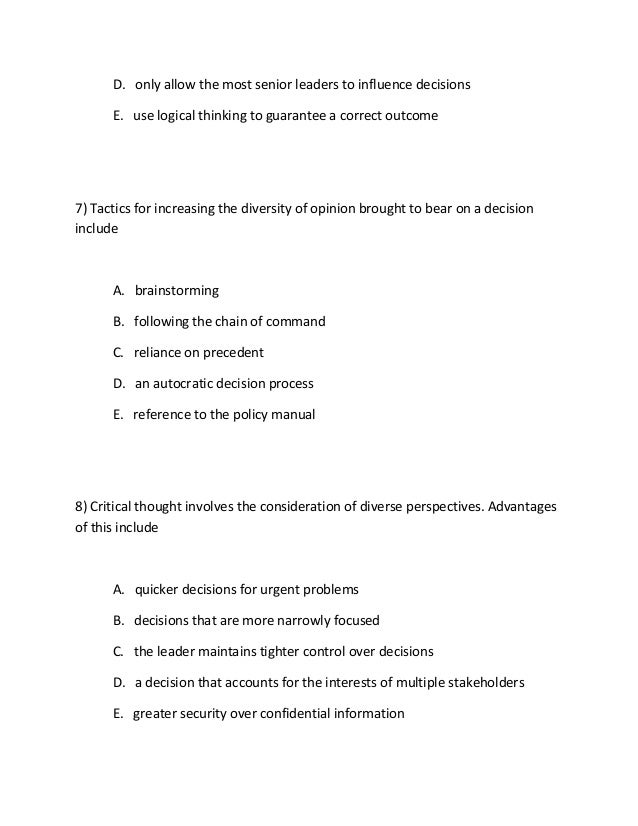The Tools And Techniques Of Judicial Creativity And Precedent


The Tools And Techniques Of Judicial Creativity And Precedent In India

The traditional view of the law making process is that Parliament makes the law through acts of parliament and delegated legislation and judges merely apply it in court to the cases presented before them.  The main reason for this being that Members of Parliament are democratically elected to make law. Whereas judges are appointed by the Lord Chancellor to decide cases. Although theoretically this should be true in reality judges can and do make law through the operation of the doctrine of judicial precedent and statutory interpretation. Harry potter movies in hindi free download 8 part hd.
The main reason for this being that Members of Parliament are democratically elected to make law. Whereas judges are appointed by the Lord Chancellor to decide cases. Although theoretically this should be true in reality judges can and do make law through the operation of the doctrine of judicial precedent and statutory interpretation. Harry potter movies in hindi free download 8 part hd.
OYC = CANADA M BMC = (see post #47) Chile. MTL = BULGARIA VVT = BULGARIA OXX = BULGARIA OXF = BULGARIA Canada. ZTA = BRAZIL ZVV = BRAZIL ZTO = BRAZIL ZTM = BRAZIL ZTR = BRAZIL UVI = BRAZIL Bulgaria. Samsung galaxy s2 gt i9100 firmware download.
There are many areas of law which owe there existence to decisions by judges. For example in the Criminal Law the judges played a major role in developing the law on intention and the relationship of foresight of consequences to intention has also been formulated by judicial decisions in Molony, Nedrick and Woolin though in these cases there was a statutory starting point with s8 Criminal Justice Act where Parliament provided guidance. The law of negligence in the law of tort is another area which has been developed and refines by judicial decisions. For example the development of the neighbour principle in the case Donoghue v Stevenson which is the leading case when trying to establish whether a duty of care is owed. In England and Wales the courts operate a very rigid doctrine of precedent which has the effect that every court is bound by the decisions made by courts above it in the hierarchy and in general courts are bound by their own past decisions. The doctrine of Precedent is the process whereby judges should follow previous decisions in similar cases to help maintain a degree of consistency in the way the law is applied in similar cases. It is based on the maxim “stare decisis” which means stand by what has been decided.